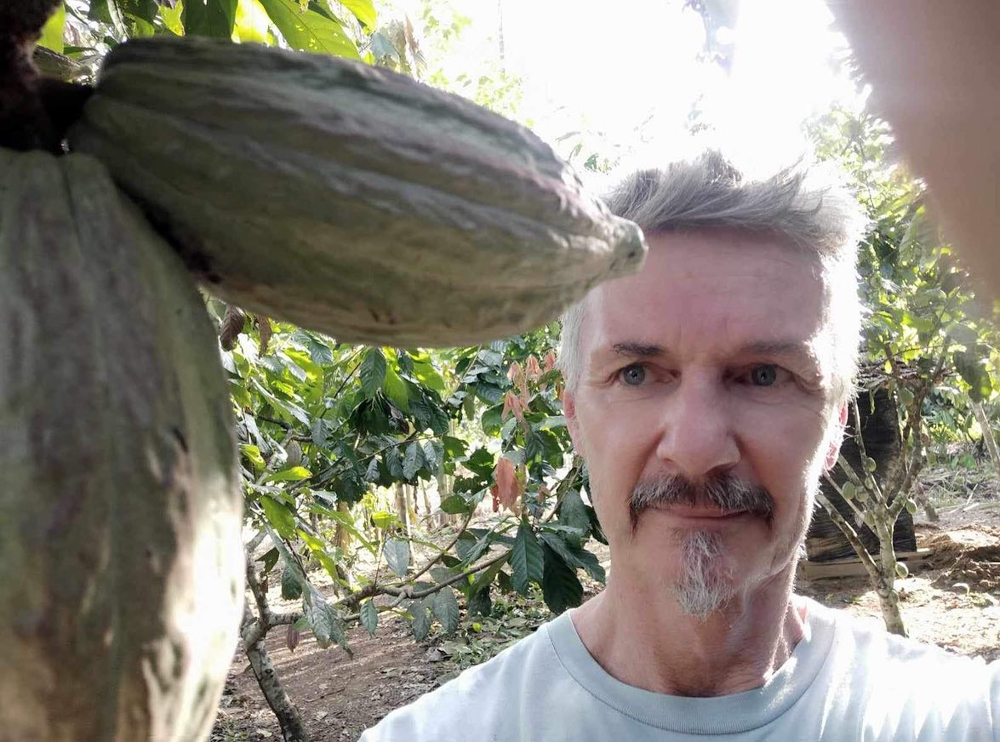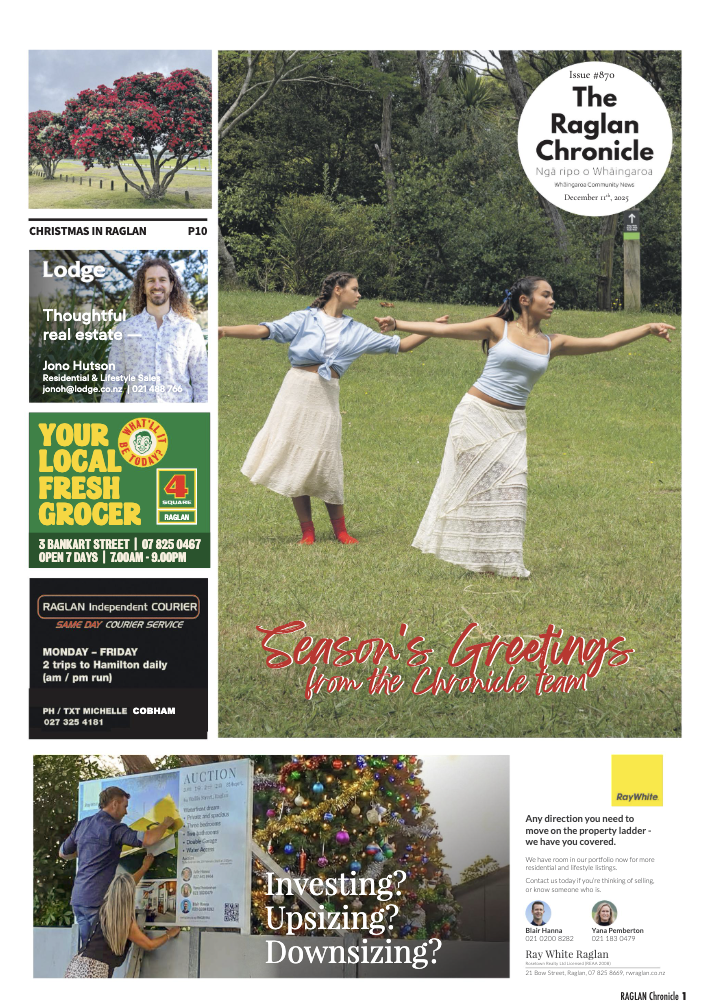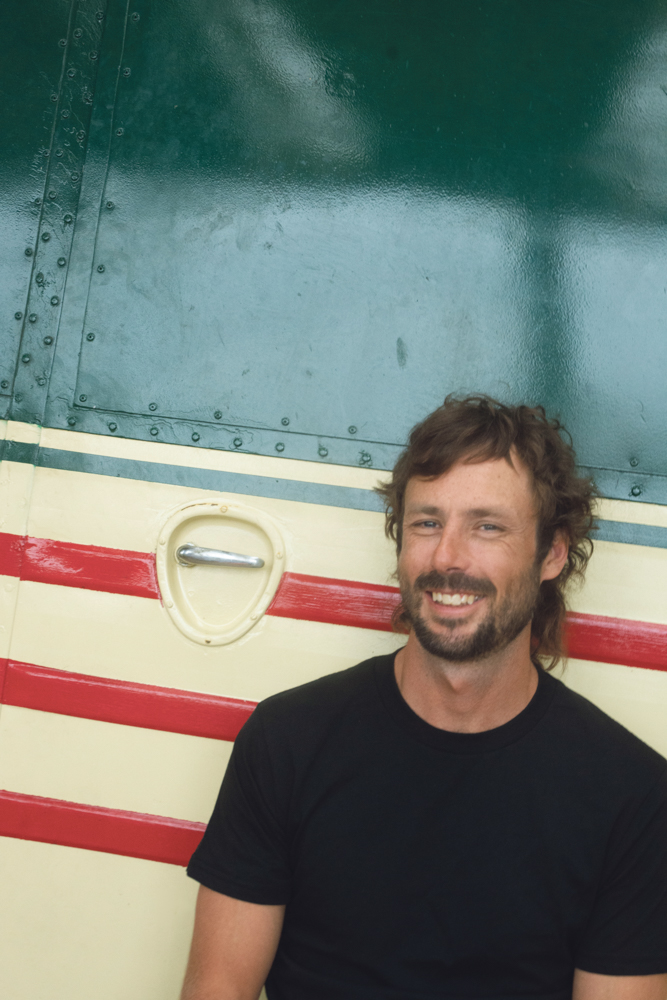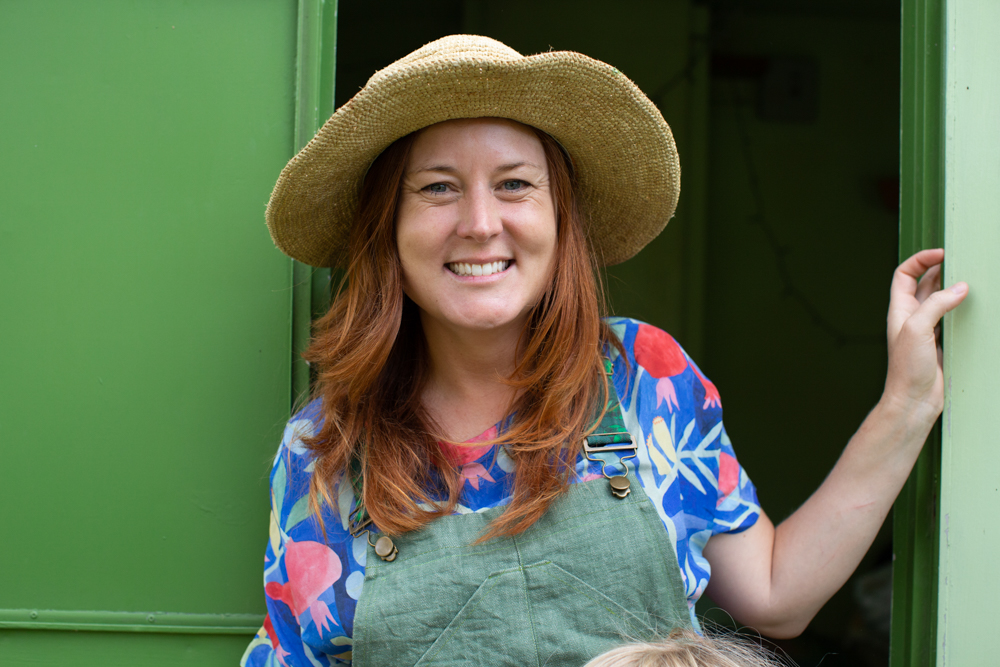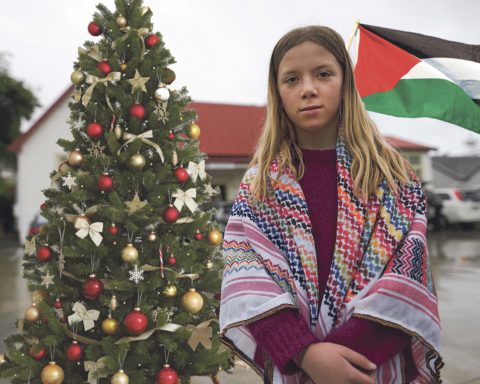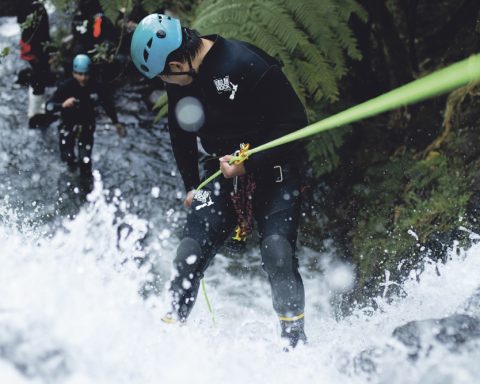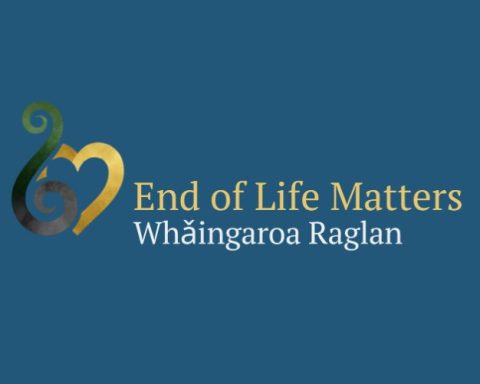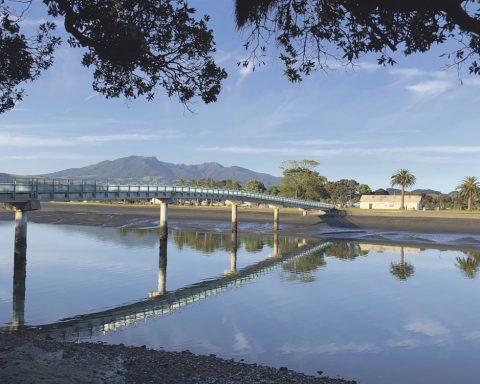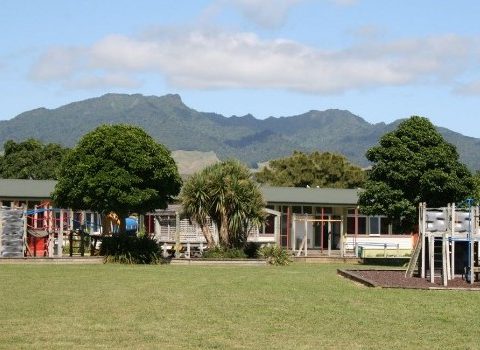When you buy your bog standard bar of choccy, you don’t often think about where it all comes from and what goes into it.
Basically – aside from a few small importers of cacao beans – about 200 tonnes of little chocolate buttons are shipped in from Europe each year and get turned into bars, bon bons, baking and a whole range of other choclatey goodness.
The buttons are about the same size as a mini Hersheys Kiss and come in a range of qualities, from couverture – the high end stuff – to compound, which has the minimum amount of cacao seed in it and still be called chocolate.
It’s the couverture end of the market that interests Mike Renfree and Simone Downey from Raglan Chocolate, along with their colleagues at their new venture Weave Cacao.
It’s an idea Mike and Christchurch-based Oonagh Browne from The Cacao Ambassador came up with after meeting a cacao farmer at a trade show a couple of years ago.
“That show was the catalyst,” Mike says.
“There was a farmer from Papua New Guinea, Kingston Kamuri. It was the first time he’d ever dealt with anyone who had taken the beans that he grows and turned it into chocolate. And then he was able to taste the chocolate. It was just one of those moments.”
Kingston was keen to export container loads of cacao beans, but at Raglan Chocolate, Mike only needed a couple of sacks, but was keen to do something.
“Oonagh and I started talking about this idea of sourcing cacao and building a relationship with the farmers, right the way through to the end user. The farmer’s got to be paid properly so that he’s inspired to do a good job and everyone gets paid the whole way through. So that was sort of the genesis of the idea and it’s slowly come together. We set up a trust so 26 percent of the profits out of the company go directly back to supporting the famers.”
The initial plan had them importing container loads of beans and setting up a factory to produce the couverture chocolate locally, but that all changed when Oonagh found a chocolate factory in Port Moresby, the Papua New Guinea capital.
“It’s called Queen Emma and it’s connected to a biscuit factory, so they purely wanted to make chocolate to put on the foot of a biscuit,” Mike says.
“We found out they had all the equipment we needed. They could grind the chocolate, they could temper it, turn it into little buttons, pack it for us, put it in a container and ship it over here. So the business model changed from us making it to us buying it and more of those western dollars were staying in PNG.”
He says the couverture chocolate they’re trialling is as good as – if not better – than what’s on the market.
“We think it’s much better and all the feedback we get is that it blows it out of the water.”
Now it remains to get the Weave Cacao couverture chocolate in front of the right people. Chocolatiers, bakeries, restaurants and cafes, along with supermarkets, anyone who uses high quality chocolate.
“It’s got be people with an expectation of a good quality,” Mike says.
Small chocolate manufacturers or a bean to bar manufactuers are willing to pay a premium for good product, so “we’re trying to help these guys produce that quality.”
They’ve been able to price their couverture chocolate similarly to the higher quality products already available, provide valuable support to the farmers and source their product from a lot closer than West Africa. It’s a model that just makes sense, Mike says.
“With the West African chocolate, the farmer sees it off, it goes to a trader. Trader sells it to the corporate buyer, corporate buyer puts it in a warehouse with a million other sacks. Eventually it gets sold and goes to Europe into a huge factory where it’s turned into different things, then it’s shipped all over the world. How can that be economical? We’ve got to be able to do this better.”
It’s a lot of work on top of his Raglan Chocolate commitments, but it’s something he’s enjoying.
“We’re busy enough just with Raglan Chocolate, and I’m trying to put in a day or two a week doing Weave stuff but it’s like this isn’t work. When we started Raglan Chocolate it was just for me to get out of the corporate world and set up my own little thing, but running a little busines like this is really tough. So now we’ve sort of got one foot in that camp and one foot in this other camp and it’s looking really positive.”
“And it’s chocolate. You can eat it and it tastes good, it makes everyone smile.”
